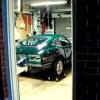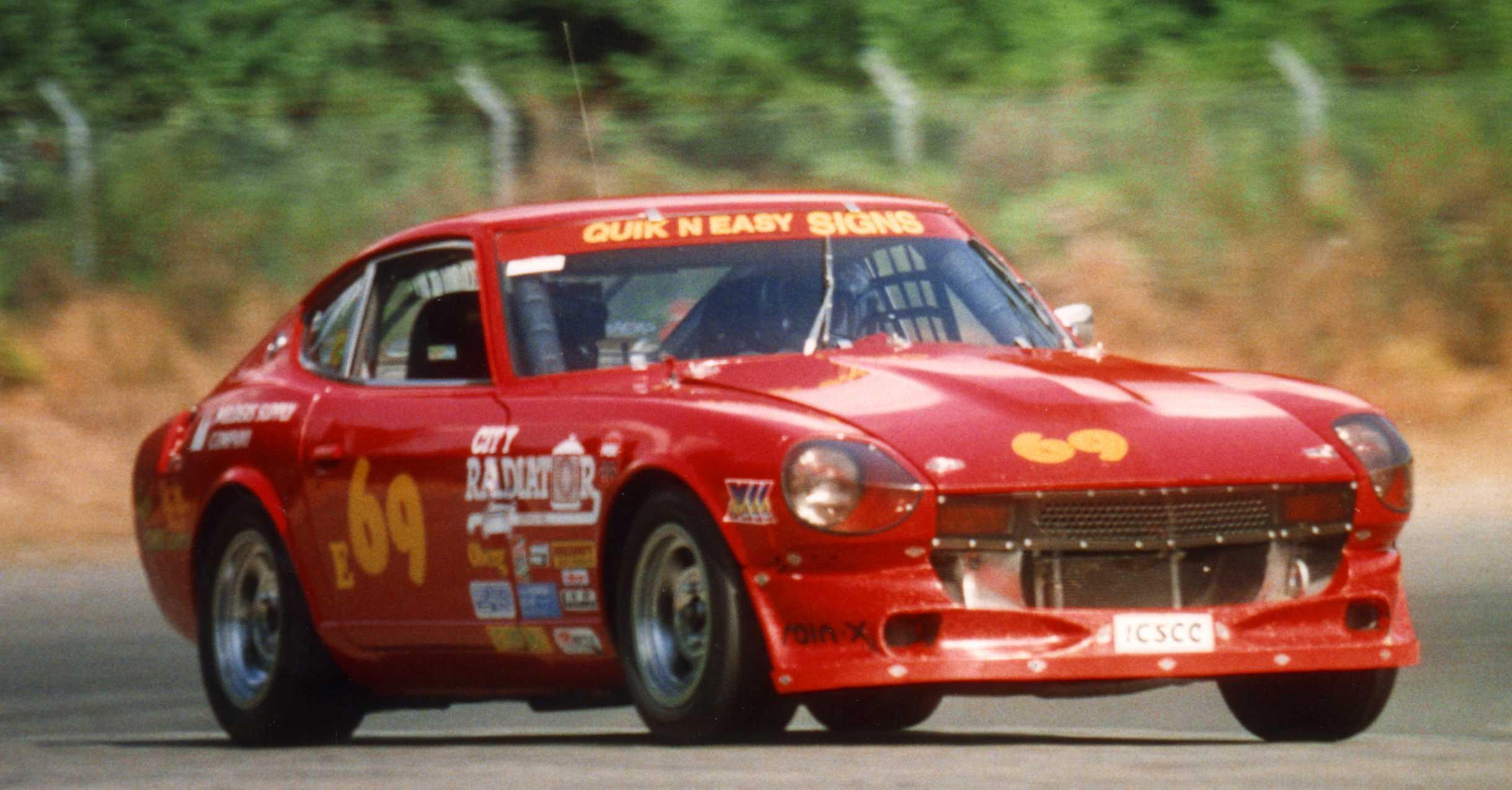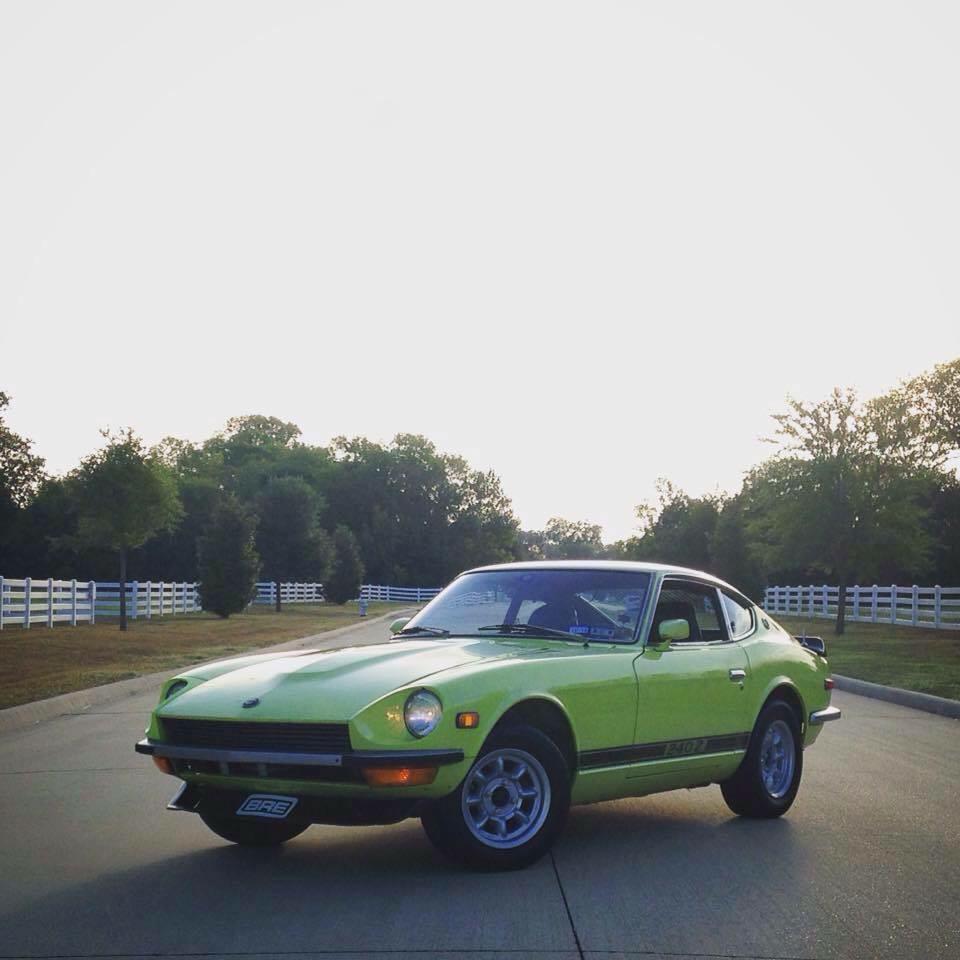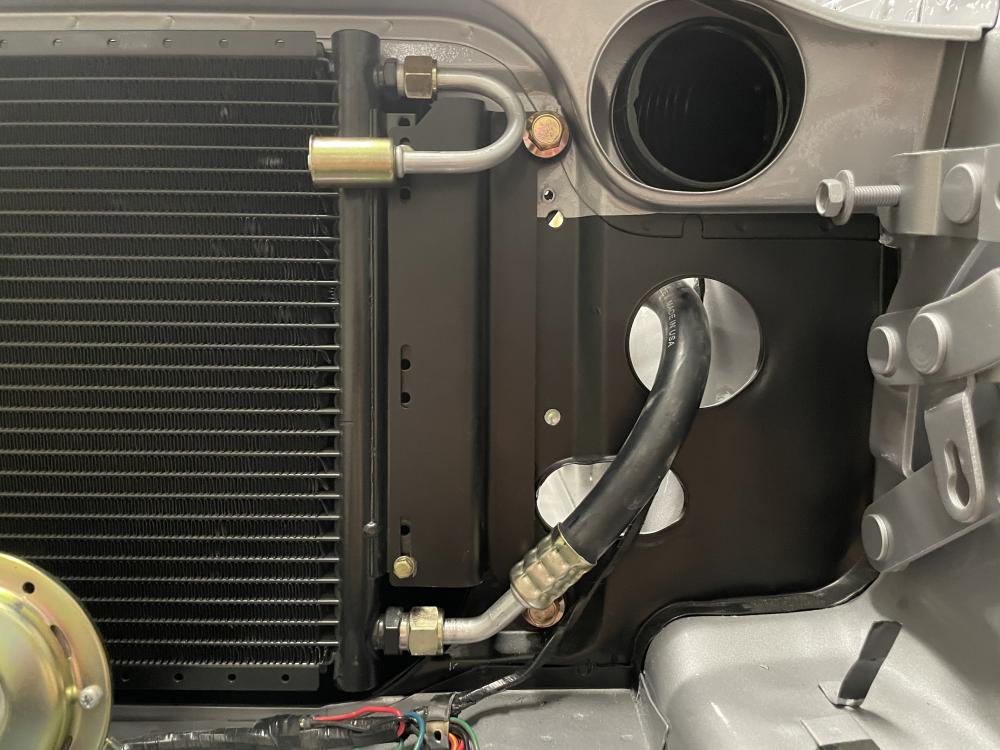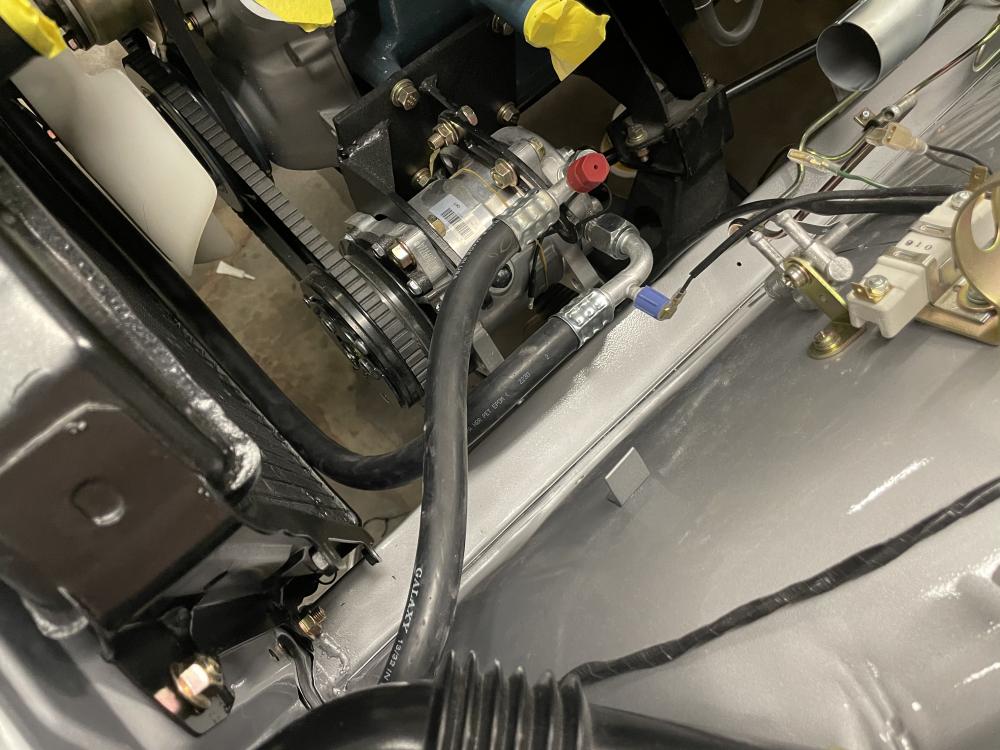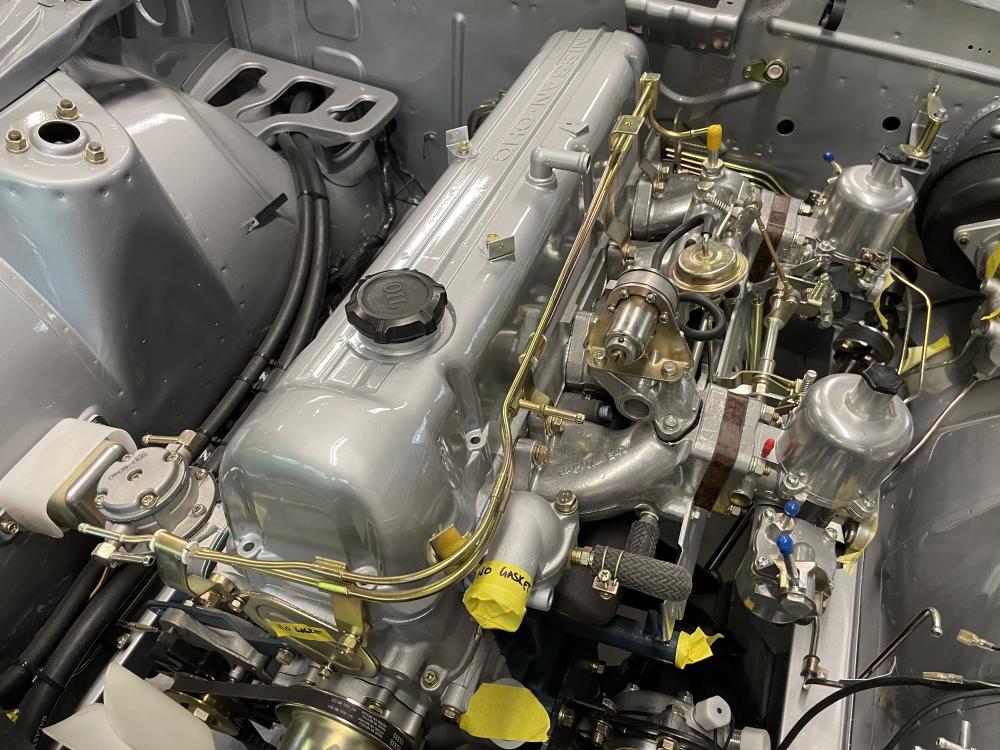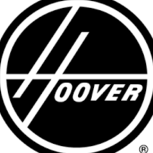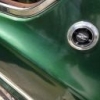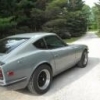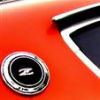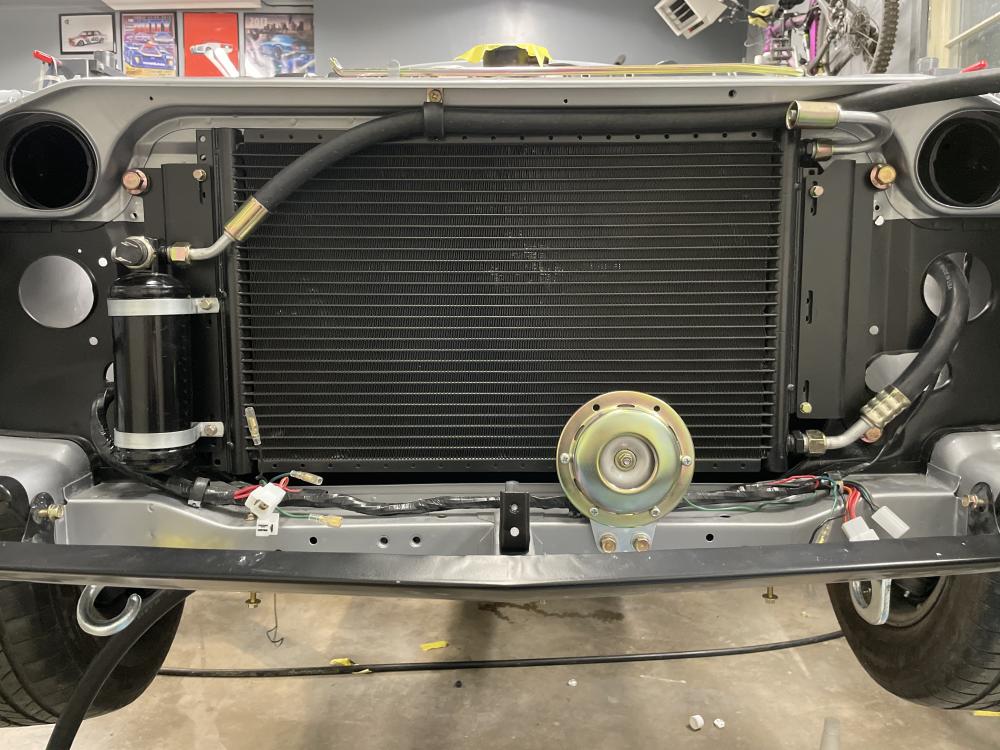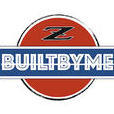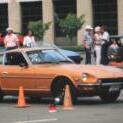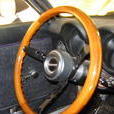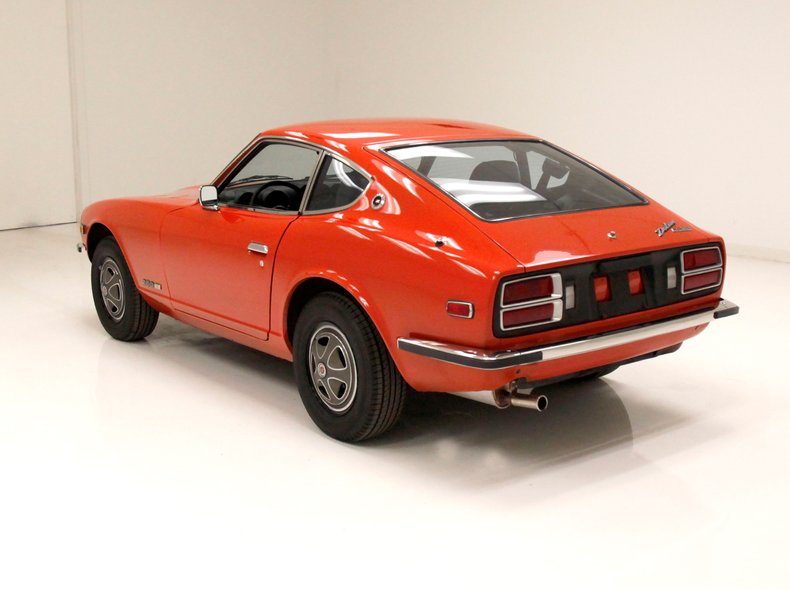As you continue on this (unwanted) parted of your Z restoration, I think you will be well served by acquiring a couple of laser levels. These have become less expensive since they were first introduced to the D-I-Y community and can be really helpful for checking and restoring panel and fixture alignments.
One of the big challenges for these types of alignment measurements is, 'Aligned (or level) relative to what?' For example, the fact that the RHS bumper mount holes are level (as in, inertial level c/o a torpedo level) doesn't tell you whether they're at the same elevation (as in, height above the floor) as the LHS holes. As an another example, ask yourself, 'How do I make measurements relative to the centerline of the car?'
I suggest the you buy a 'plumb' laser and a 'crosshair' laser. The plumb laser will let you check whether you car's main structure is straight (use the reference points and dimensions shown in the frame diagram in the 'Body' section of the FSM). The crosshair level will let you check alignments for various surfaces and reference points (e.g. bumper bolt holes) relative to a consistent inertial reference. It will also let you be sure that the whole car is sitting level, left-to-right (front-to-rear can be done, too, but not so conveniently). The combination of both laser types will be useful when you do your frame rail replacements.
Of course, you can do all of this work without the lasers. The lasers just make it easier and reduce the amount of guesswork.

